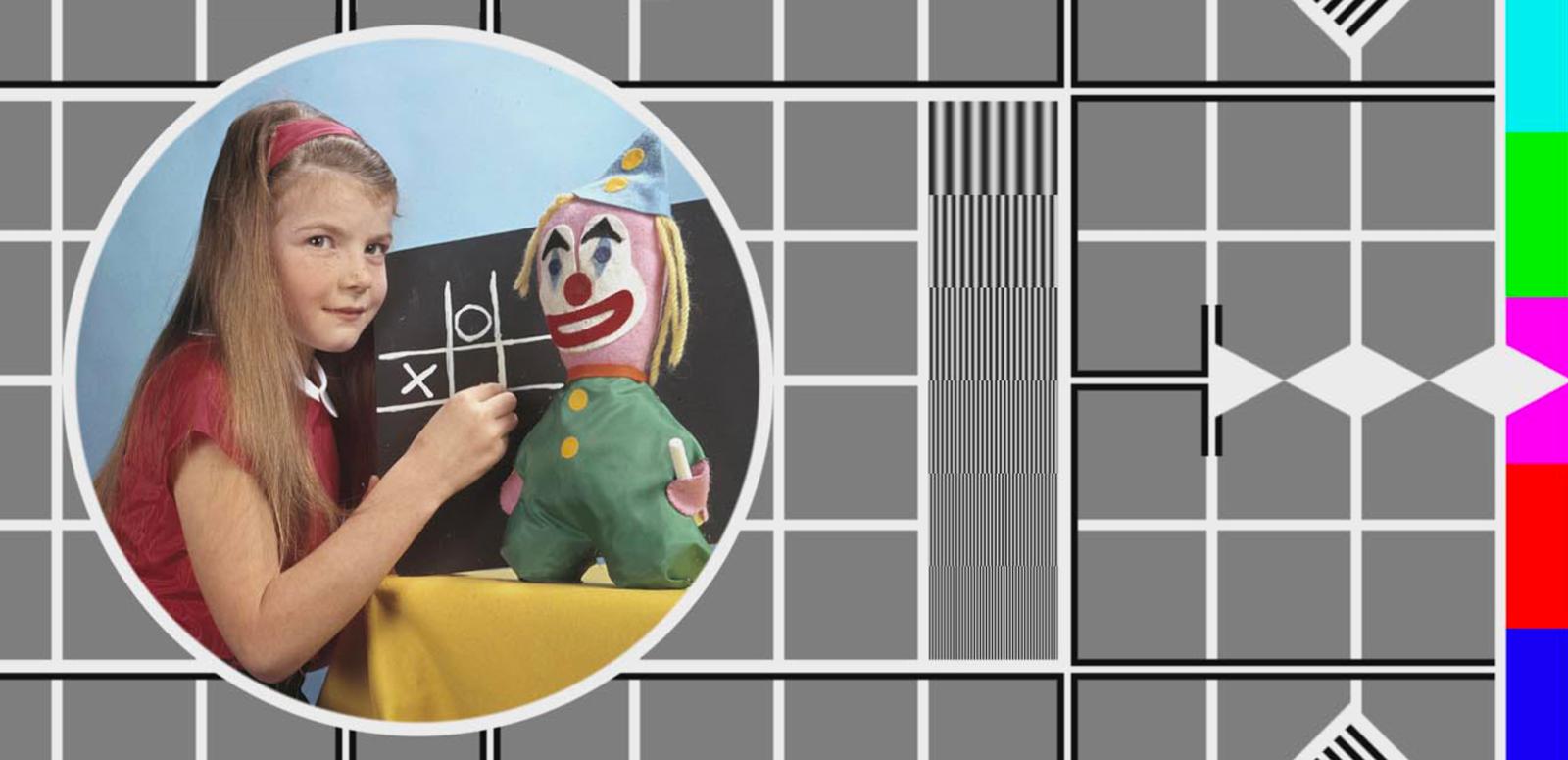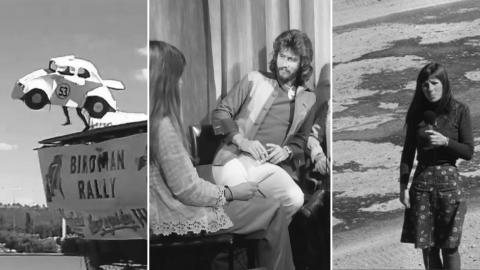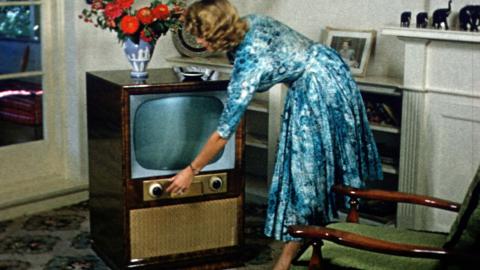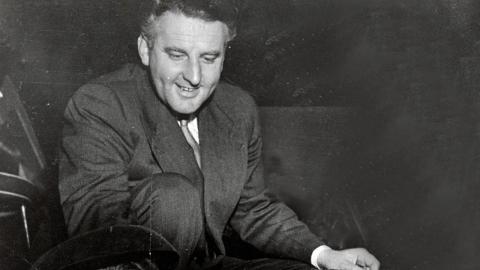

https://nginx-develop-nfsa2.govcms7.amazee.io/sites/default/files/collection/hero_image10-2016/cc_colourtv_v2.jpg
Colour TV in Australia
Colour TV in Australia
From 7 October 1974, Australians began to see colour test patterns being broadcast on their televisions. Five months later, colour television launched in Australia, with every network embracing the new technology.
Below is a selection of clips highlighting how different networks celebrated colour, as well as insights into how colour television affected consumers and the surprising role the Vietnam war played in its launch.
The National Film and Sound Archive of Australia acknowledges Australia’s Aboriginal and Torres Strait Islander peoples as the Traditional Custodians of the land on which we work and live and gives respect to their Elders both past and present.


